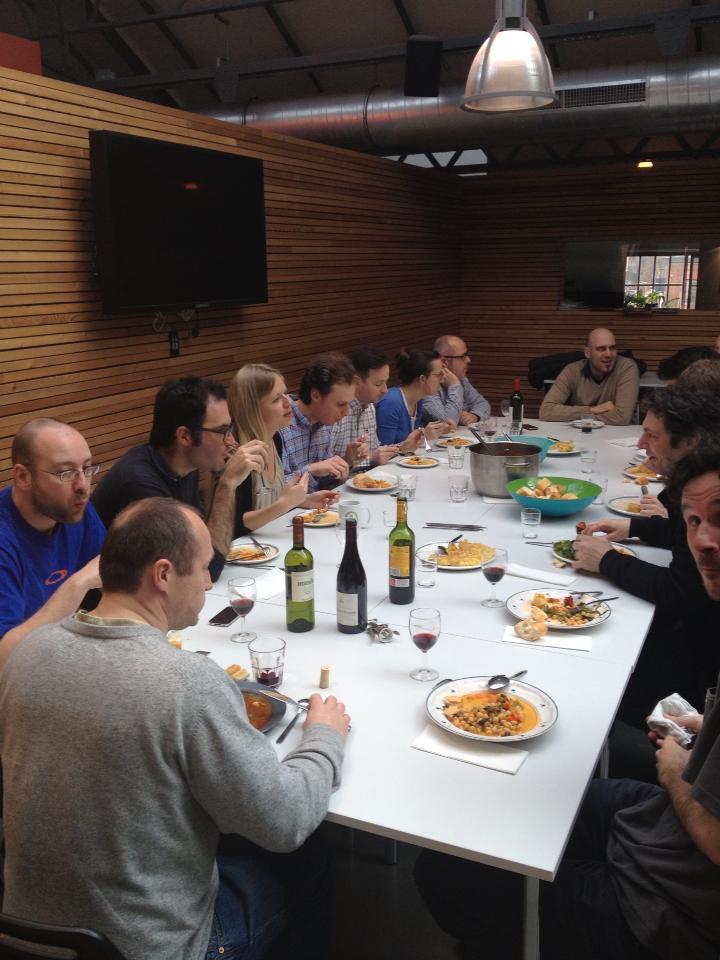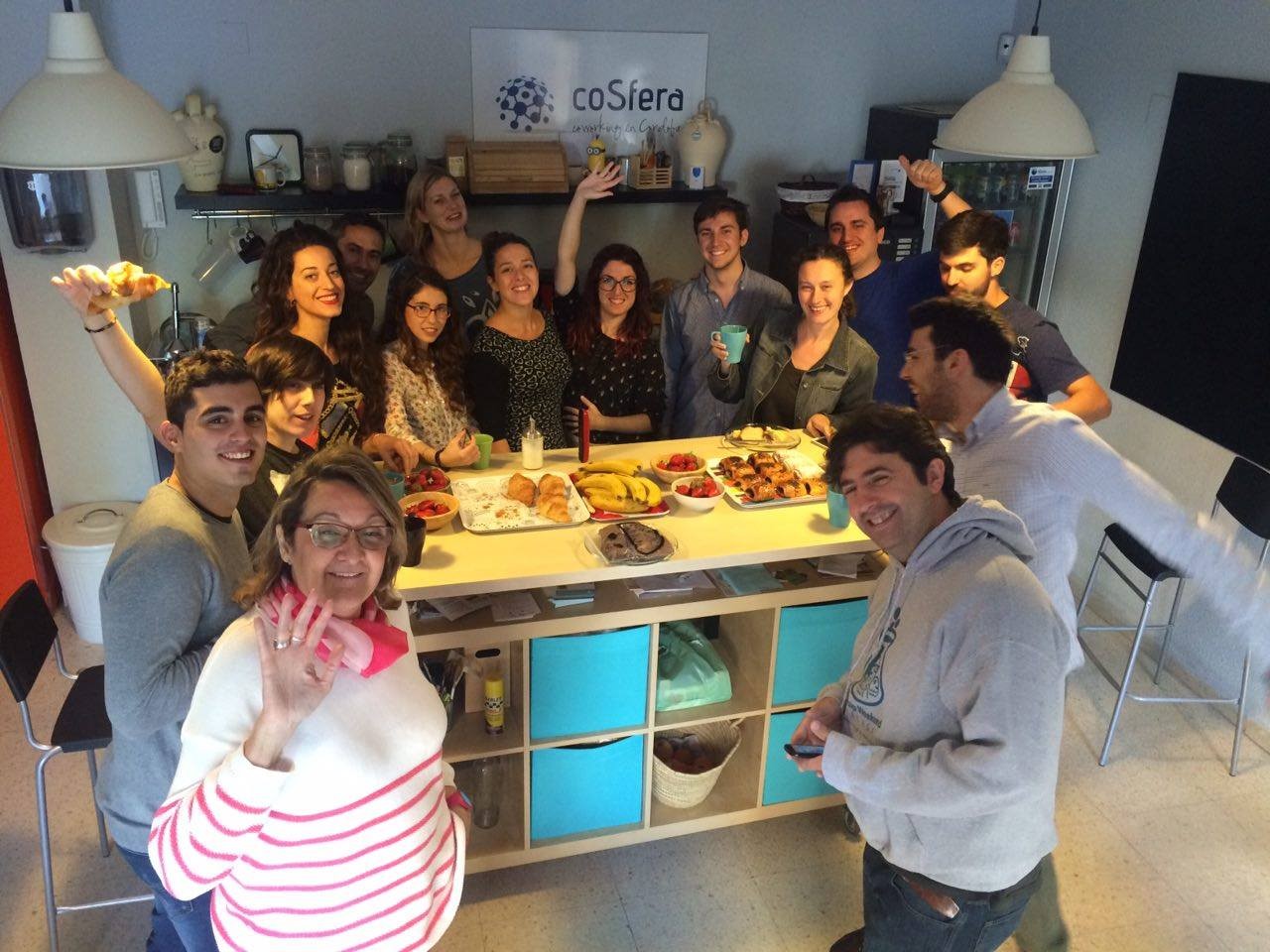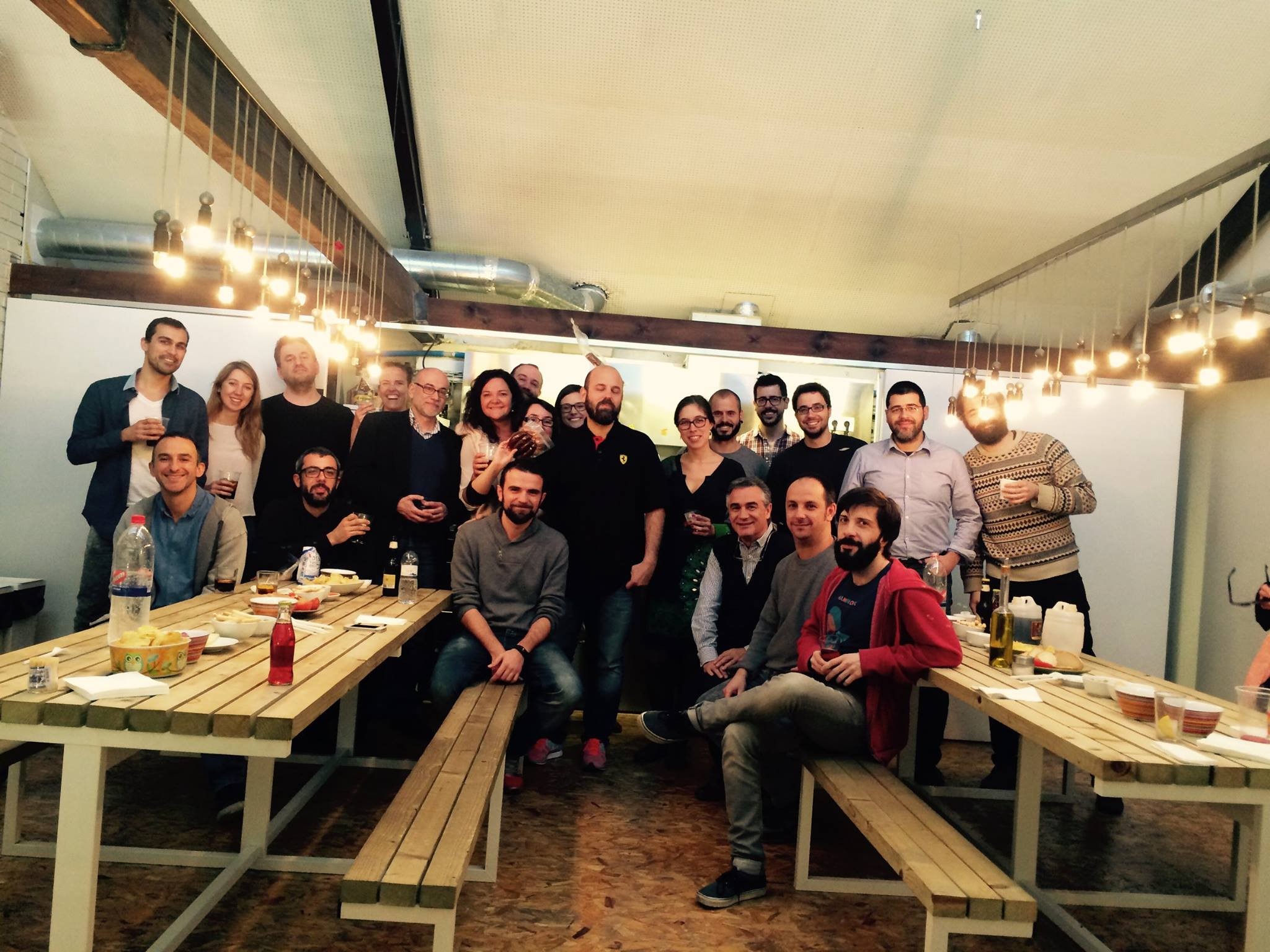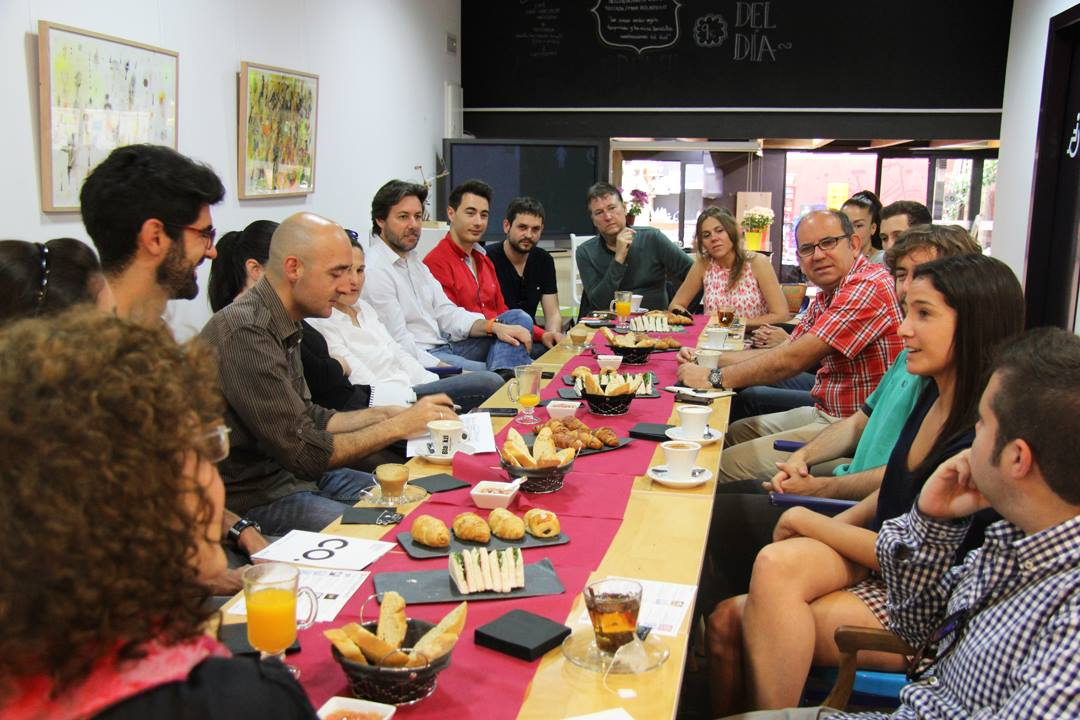How to get feedback in your coworking space
Knowing users' opinions is important for any business or service. Coworking spaces are no exception. Getting direct feedback from your coworkers does not only help you find out about any issues in the space, it will no doubt help you think up ideas on how to make it even better. Analysing this information regularly is another tool to improve your space. As the space grows, it can get a little harder to have direct contact with all coworkers, so it's important to implement processes that let us keep track even if there are a considerable number of users. Below, we're going to give some examples that can help you know what your coworkers think about the day-to-day running of your space:
- Direct contact: Speaking to coworkers and asking them how things are going is the most obvious and direct. Having an informal conversation with your coworkers will help you find out what they think or if there are any possible problems in the space while building a trusting relationship with them. A quick "Good morning, how are you doing?" or "How's everything?" doesn't cost you anything and has a positive impact on the community.
- Food and drinks: We may all be rushed off our feet with work, but we all (or almost all of us) have to feed ourselves. We usually stop to enjoy a tea or coffee break too. Organising a get together around the dinner table is a good chance to catch up on what's happening in the space and bring the community closer together. Here's a great example from Betacowork Coworking Brussels's photo gallery.

Photo source: Betacowork
- Blackboards, suggestion boxes, visitors' books: There are plenty of 1.0 methods to collect information from your coworkers: Blackboards are a great way for coworkers to leave messages of appreciation, ideas for the space or simply have a laugh doodling. Like many Airbnb homes, a visitors' book can sometimes help us find out the type of experience our coworkers have had in the space.
- Online tools: There are several tools that let you interact with your members to receive feedback. You can do it using groups on Facebook, Whatsapp, Yammer or the Nexudus community board. Grouping together all the notes on your CRM/MRM will help you have an overall vision of your members' opinions.
- Imagination's the key: As well as all of the points above, a good dose of creativity is a must for getting feedback from your coworkers, as we're all so busy all day, every day. Asking how a coworker's last meeting went or encouraging them to share the projects that they're working on with the rest of the community is a good idea. For the first example, Spaces has recently added a reminder that lets you ask your members about their experience when they've booked a meeting room.
However, the best formula for building community and trust is direct contact with your space members. Being kind, giving out smiles for free and asking the right questions at the right time, has a much better impact than any advertising campaign. After all, we mustn't forget that we are working with people! :)

Happy coworking moments. Photo source: coSfera

Happy coworking moments. Photo source: CREC coworking

Happy coworking moments. Photo source: Wayco
Main image photo source: Redd Angelo
Related posts
-
10 Award-winning Coworking Space Designs: A Comprehensive Guide
Vibrant, contemporary workspaces create an undeniable ‘wow’ factor. Textured designs and ambient lighting make spaces feel warm and cosy, while natural elements and biophilic design features have literal mood-boosting properties.
-
The Power of People: Building a World-Class Team in Coworking
Coworking spaces thrive on the “co” – the collaborations, connections, and community – that can be formed within a flexible workspace. In fact, community activation is what transforms shared workspaces from mere buildings into vibrant, thriving hubs that empower people in their professional lives and create meaningful community experiences.
-
6 Powerful Storytelling Techniques to Elevate Your Coworking Space
If you've been reading about coworking space design recently, you've probably come across an article or two that mentions narrative design and wondered what exactly it is and how it differs from traditional interior design, as well as how it can be used to improve design.
-
How Local Coworking Spaces Become Catalysts for Community Impact
Imagine swapping the 2-hour commute for a 15-minute bike ride to the office – what would you do with the time you’ve saved? You might use it to build a growing network of neighbours, spend more quality time with family, or even volunteer with a local organisation, becoming more deeply rooted in your community.
-
Niche Coworking Spaces: New Opportunities for Specific Industries in 2025
As demand for coworking continues to grow, niche coworking spaces stand out. Catering to the specific needs of distinct professional communities, these specialised workspaces go beyond just offering a desk and Wi-Fi. In fact, they provide tailored environments, resources, and networks enabling professionals to thrive in their respective fields. This article explores the opportunities these niche coworking spaces offer in various industries in 2025.
-
Evolving Needs of Flex Space Occupiers
Flex space industry growth has undeniably been accelerated by a major shift towards more flexible work models. Last year, 45% of office workers were hybrid, splitting their time between home, the office, and third places, reports Ipsos Karian & Box. Times are changing, bringing new expectations around the purpose of the office. At GCUC UK London, the panel discussion: “Evolving Occupier Needs in the Flex Space Market,” offered valuable insights into the transforming expectations of flex space occupiers. This article shares some of their conversations while exploring this topic further.